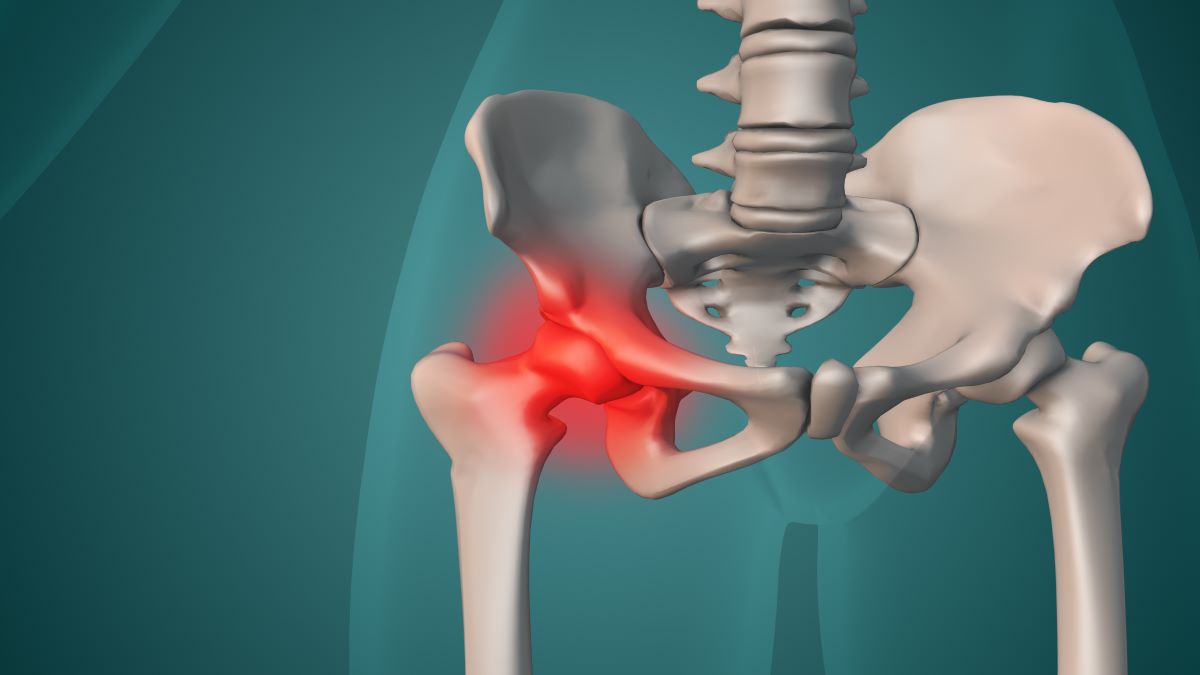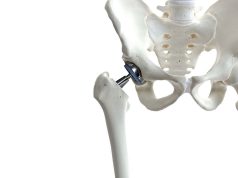Number of periprosthetic fractures projected to increase 212 percent from 2016 to 2032
By Elana Gotkine HealthDay Reporter
TUESDAY, July 16, 2024 (HealthDay News) — The number of periprosthetic fractures of the hip and knee increased in recent years and is projected to continue increasing, according to a study published online June 19 in the Journal of Bone & Joint Surgery.
Gregory T. Minutillo, M.D., M.P.H., from the University of Pennsylvania in Philadelphia, and colleagues captured all International Classification of Diseases, Tenth Revision diagnosis codes for periprosthetic femoral and tibial fractures in a large, public and private payer database to examine and project trends in operative treatment.
Overall, 121,298 patients underwent surgical treatment for periprosthetic fractures from 2016 to 2021. The researchers found that the total number of periprosthetic fractures increased significantly, with increases of 38 and 73 percent in the incidence of periprosthetic hip fractures and periprosthetic knee fractures, respectively. From 2016 to 2032, the number of periprosthetic fractures is predicted to increase 212 percent. For both periprosthetic hip fractures and periprosthetic knee fractures, there was a relative increase in open reduction and internal fixation versus revision arthroplasty.
“The number of periprosthetic hip and knee fractures is increasing and is expected to continue to rise over the next decade,” the authors write. “The landscape of indications for arthroplasty, implant design, implant fixation technology, and patient characteristics continues to change, making the treatment of periprosthetic fractures an evolving strategy.”
Several authors disclosed ties to industry.
Copyright © 2024 HealthDay. All rights reserved.








